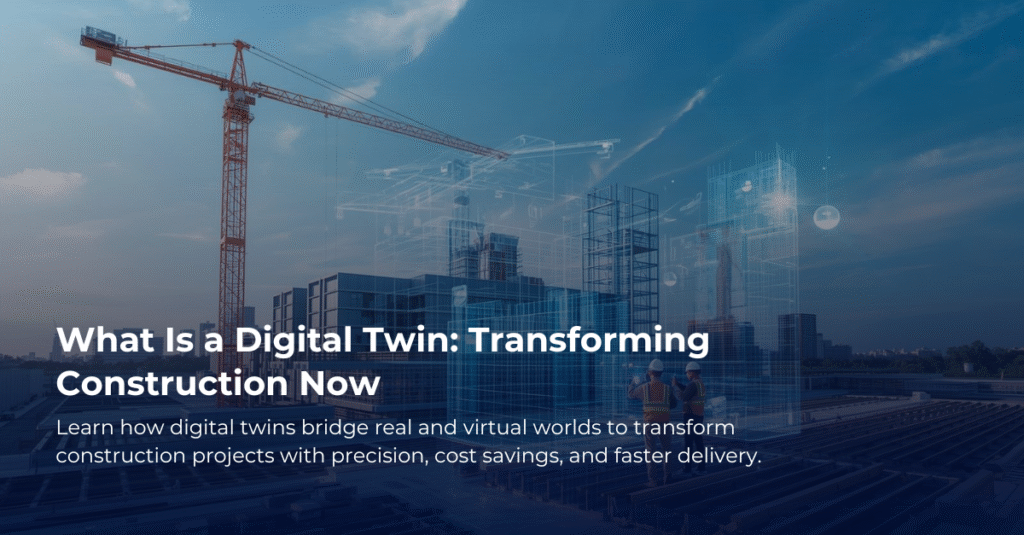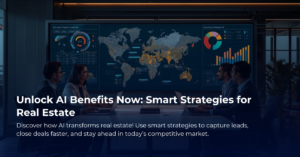What Is a Digital Twin, and How Is It Changing Construction?
Have you ever bought a new gadget and found yourself staring at the user manual, scratching your head because it feels like the instructions came from another planet? That’s how many people feel when they first hear the term “digital twin.” It might sound complicated, but once you break it down, it becomes much clearer—and a bit exciting!
Understanding the Basics
So, what exactly is a digital twin? Imagine you have a perfect virtual copy of a physical object or system. This could be a building, a bridge, or even a whole city. The digital twin constantly reflects changes happening in real time. Think of it like a living blueprint. If a crane is lifting a beam at a construction site, the digital twin records and represents that movement. This digital representation is created using data from various sources such as sensors and software.
How It Works
Picture this scenario: a construction manager walks onto a job site and sees a wall being constructed. Now, instead of just visualizing that wall, they can check the digital twin on their device. They might see precise information about the wall’s materials, whether it’s on schedule, and even how environmental factors could affect it. With this kind of information at their fingertips, they can make better decisions faster.
The Real-World Benefits
Now, let’s talk about how digital twins are actually changing the construction landscape.
- Enhanced Collaboration: With a digital twin, everyone from architects to contractors can be on the same page. Imagine all stakeholders—engineers, designers, and even project managers—accessing the same up-to-date information in real time. This leads to fewer misunderstandings and a more cohesive approach.
- Early Issue Detection: Spotting problems early saves time and money. If your digital twin shows a potential scheduling conflict or identifies a structural concern, the team can adjust before it becomes a costly mistake. It’s like having a safety net, allowing you to address issues before they escalate.
- Efficiency and Productivity: By using data analytics from the digital twin, construction teams can identify the most efficient ways to allocate resources. It’s all about getting the most out of what you have—whether that’s labor, time, or materials.
- Better Maintenance: After a building is constructed, the digital twin can help with maintenance. It can track how systems within the building are functioning, alerting managers to issues before they turn into significant repairs. This helps extend the lifespan of structures.
Challenges to Consider
While the benefits are clear, it’s good to be aware of challenges too. Setting up a digital twin can require a significant upfront investment in technology and training. Additionally, ensuring data security and privacy is crucial, especially when sensitive information about a project is involved.
Looking Ahead
As technology continues to advance, the impact of digital twins in construction will only grow. More companies will adopt this innovative approach, leading to smarter, more sustainable building practices. If you’ve been thinking about how to keep your business competitive in a changing world, incorporating a digital twin into your projects could be a smart move.
So, there you have it. Digital twins are like having a well-informed buddy who always knows what’s going on with your construction project—ready to help you navigate challenges and seize opportunities anytime. If you’ve got more questions or want to explore how this could work for your projects, let’s grab another coffee soon!








